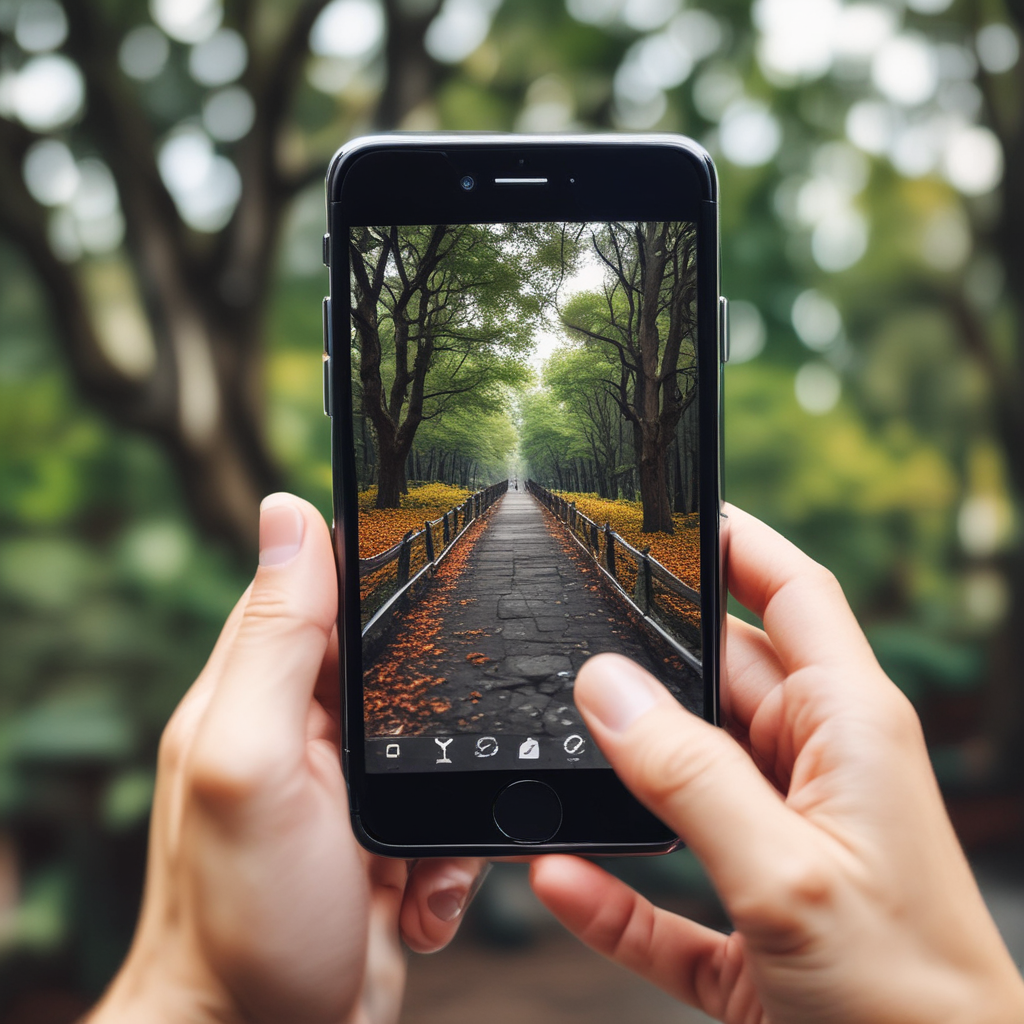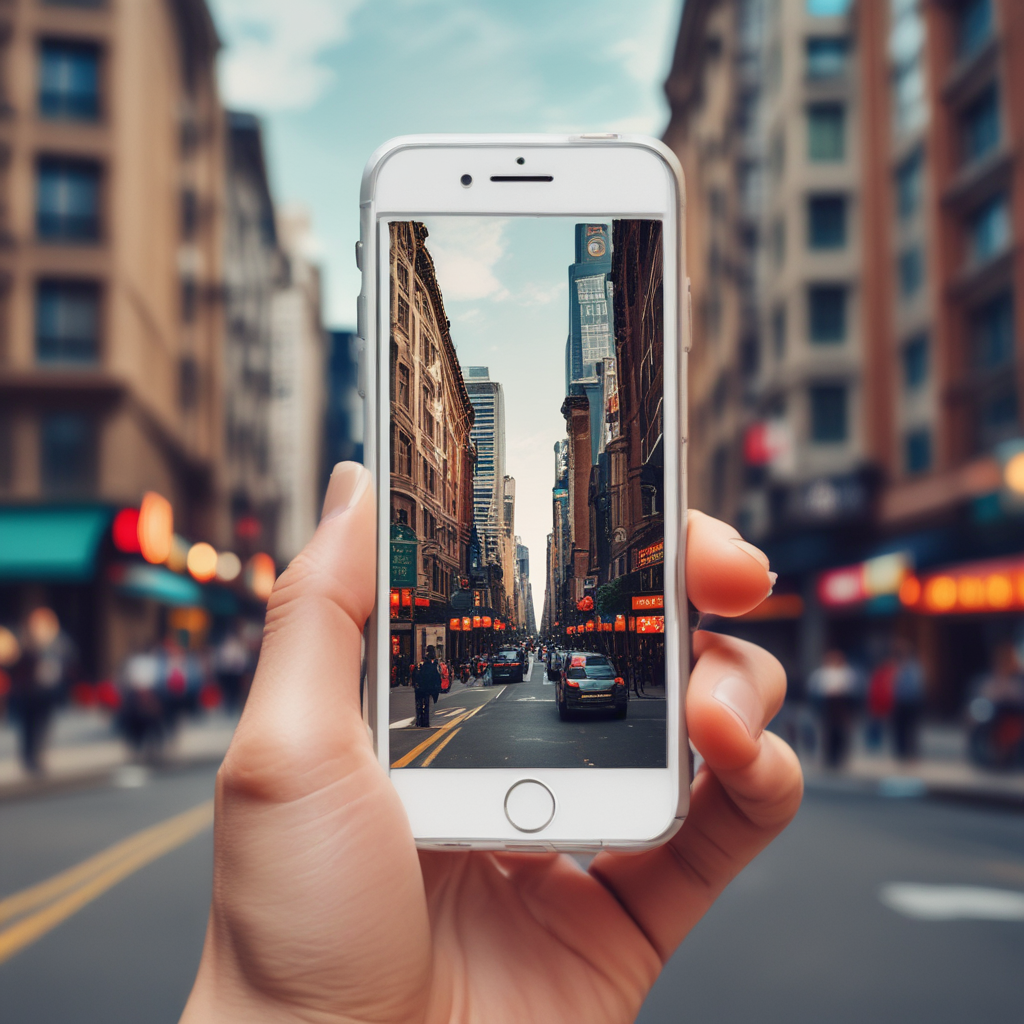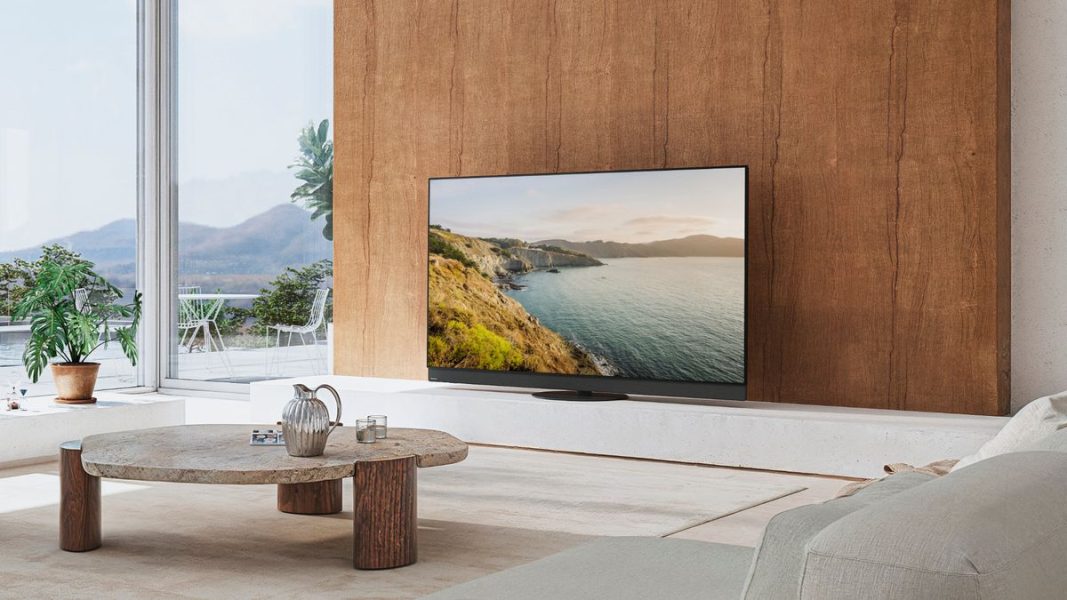Capture Every Moment: Maximizing Your Phone’s Photo Camera

Capture Every Moment: Maximizing Your Phone's Photo Camera
5 Tips for Taking Professional-Quality Photos with Your Phone’s Camera
In today’s digital age, smartphones have become an essential part of our daily lives. They serve as our personal assistants, entertainment hubs, and communication devices. One of the most popular features of smartphones is their camera capabilities. With advancements in technology, smartphone cameras have become increasingly sophisticated, allowing us to capture stunning photos with just a few clicks. In this article, we’ll share five tips for taking professional-quality photos with your phone’s camera.
1. Understand Your Camera’s Settings
The first step to taking professional-quality photos with your phone’s camera is to understand its settings. Most smartphones come with a range of camera settings, including exposure, focus, and white balance. By adjusting these settings, you can fine-tune your photos to achieve the desired effect.
For example, if you’re shooting in low light, you may want to increase the exposure to brighten the image. Alternatively, if you’re shooting in bright sunlight, you may want to decrease the exposure to prevent overexposure. Similarly, you can adjust the focus and white balance to suit the lighting conditions and the subject matter.
2. Use the Rule of Thirds
The rule of thirds is a fundamental principle of photography that involves dividing the frame into thirds, both horizontally and vertically. This creates a grid of nine equal parts, with four intersecting points. By placing the subject at one of these points, you can create a more visually appealing and balanced composition.
For example, if you’re shooting a landscape, you may want to place the horizon at the bottom third of the frame, leaving the top two-thirds for the sky. Alternatively, if you’re shooting a portrait, you may want to place the subject’s eyes at one of the intersecting points.
3. Use Natural Light
Lighting is a crucial factor in photography, and natural light is the best source of light for your smartphone camera. Natural light is soft, diffused, and flattering, making it ideal for capturing stunning photos.
When shooting in natural light, try to avoid harsh, direct sunlight, as this can create harsh shadows and overexposure. Instead, look for soft, diffused light, such as early morning or late afternoon light. This will create a more flattering and evenly lit image.
4. Clean Your Lens
One of the most common mistakes people make when taking photos with their smartphone camera is failing to clean the lens. Dirt, smudges, and fingerprints can significantly impact the image quality, resulting in blurry or hazy images.
To avoid this, make sure to clean the lens of your smartphone camera regularly. You can use a microfiber cloth or a lens cleaning solution to remove any dirt or smudges. This will ensure that your images are crisp, clear, and free from any unwanted artifacts.
5. Edit Your Photos
Finally, editing your photos is an essential part of the photography process. While your smartphone camera may capture stunning images, there’s always room for improvement. By editing your photos, you can fine-tune the color, contrast, and brightness to achieve the desired effect.
Most smartphones come with a range of editing tools, including cropping, rotating, and color correction. You can also use third-party editing apps to achieve more advanced editing features. By editing your photos, you can take your images to the next level and create truly professional-quality photos.
In conclusion, taking professional-quality photos with your smartphone camera requires a combination of technical skills, artistic vision, and creative flair. By understanding your camera’s settings, using the rule of thirds, utilizing natural light, cleaning your lens, and editing your photos, you can capture stunning images that rival those taken by professional photographers. So, grab your smartphone, and start capturing every moment!
a. Master the Rule of Thirds: Divide your screen into thirds both horizontally and vertically, and place your subject at the intersection points for a more visually appealing shot

In today’s digital age, our smartphones have become an essential part of our daily lives. They serve as our personal assistants, entertainment hubs, and communication devices. But did you know that your phone’s camera is capable of capturing stunning and professional-looking photographs? In this article, we’ll explore some tips and tricks to help you maximize your phone’s photo camera and capture every moment.
Firstly, let’s talk about lighting. Lighting is one of the most crucial elements in photography, and it can make or break a photo. Natural light is the best source of light for photography, as it provides a soft and even light. Try to shoot during the golden hour, which is the hour after sunrise or the hour before sunset, as the light is softer and warmer during this time. If you’re shooting indoors, try to position yourself near a window or a well-lit area to avoid harsh shadows and grainy images.
Secondly, master the rule of thirds. This is a basic composition rule that can help you create more visually appealing shots. Divide your screen into thirds both horizontally and vertically, and place your subject at the intersection points. This creates a more balanced and dynamic composition.
Thirdly, use the grid feature on your camera app. Most camera apps have a grid feature that can help you apply the rule of thirds more easily. Turn on the grid feature, and you’ll see a grid overlay on your screen. This will help you align your subject and create a more balanced composition.
Fourthly, experiment with different angles and perspectives. Don’t be afraid to get down low or climb up high to capture a unique perspective. Try shooting from different angles, such as overhead, low, or eye level, to add variety to your photos.
Fifthly, use the portrait mode feature. Many camera apps have a portrait mode feature that can help you capture stunning portraits with a shallow depth of field. This feature blurs the background and keeps the subject in focus, creating a professional-looking portrait.
Sixthly, edit your photos. While your phone’s camera is capable of capturing stunning photos, sometimes a little editing can go a long way. Use the editing tools in your camera app to adjust the brightness, contrast, saturation, and other settings to enhance your photos.
Lastly, practice, practice, practice. The more you use your phone’s camera, the more comfortable you’ll become with its features and settings. Don’t be afraid to experiment and try new things. The beauty of digital photography is that you can delete the photos you don’t like and keep the ones you do.
In conclusion, maximizing your phone’s photo camera is all about lighting, composition, angles, features, editing, and practice. By following these tips and tricks, you’ll be able to capture stunning and professional-looking photos with your phone’s camera. Remember to always prioritize lighting, as it’s the most crucial element in photography. Happy shooting!
b. Use Natural Light: Avoid using the flash and instead, shoot in natural light to capture more vibrant and detailed images
In today’s digital age, smartphones have become an essential part of our daily lives. They serve as our personal assistants, entertainment hubs, and communication devices. One of the most popular features of smartphones is their camera capabilities. With the advancement of technology, smartphone cameras have become increasingly sophisticated, allowing us to capture stunning and high-quality images right from our pockets. In this article, we will explore some tips and tricks to help you maximize your phone’s photo camera and capture every moment.
Firstly, it’s essential to understand the basics of photography. Composition is the art of arranging visual elements in a frame to create a pleasing and balanced image. The rule of thirds is a fundamental principle of composition that involves dividing the frame into thirds both horizontally and vertically, creating nine equal parts. Placing the subject at the intersection points of these lines creates a more visually appealing and balanced image.
Secondly, lighting is crucial in photography. Natural light is the best source of light as it provides a soft and even light that enhances the colors and details of the image. Avoid using the flash as it can create harsh shadows and wash out the colors. Instead, shoot in natural light, preferably during the golden hour, which is the hour after sunrise or before sunset.
Thirdly, stabilize your phone to avoid blurry images. Use both hands to hold your phone steady, or better yet, use a tripod or a selfie stick with a tripod mount. This will help you capture sharp and clear images, especially in low light conditions.
Fourthly, use the gridlines feature on your phone’s camera app to help you follow the rule of thirds. This feature divides the frame into a grid, making it easier to compose your shots.
Fifthly, experiment with different angles and perspectives to add variety and interest to your images. Try shooting from a low angle to make your subject appear taller, or shoot from a high angle to capture a unique perspective.
Sixthly, use editing apps to enhance your images. There are many free and paid editing apps available that allow you to adjust the brightness, contrast, saturation, and other settings to create a more visually appealing image.
Lastly, practice makes perfect. The more you use your phone’s camera, the more familiar you will become with its features and capabilities. Don’t be afraid to experiment and try new things.
In conclusion, maximizing your phone’s photo camera requires a combination of technical skills and creative vision. By following these tips and tricks, you can capture stunning and high-quality images right from your phone. Remember to use natural light, stabilize your phone, follow the rule of thirds, experiment with different angles and perspectives, use editing apps, and most importantly, practice regularly. Happy shooting!


